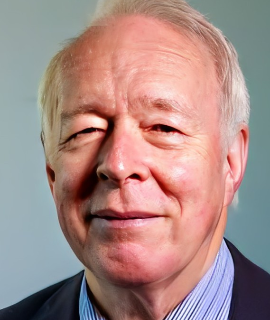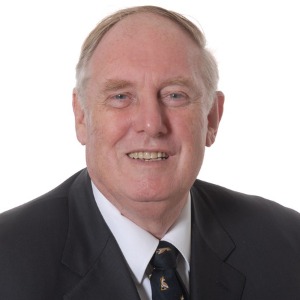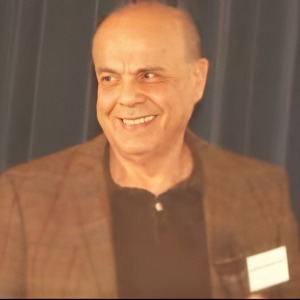Cranio-Maxillo-Facial Surgery
Cranio-Maxillo-Facial surgery (CMF) is a medical science related to Dentistry that is focused on reconstructive surgery of the mouth, face and jaw. It deals with oral and facial harmony, functional occlusions, and facial aesthetics. As mentioned above, cranio-maxillo-facial surgery is both an art and a science. It combines knowledge and techniques learned from a variety of other medical fields, such as endocrinology, gastroenterology, plastic surgery, orthopedic surgery, neurosurgery, and genetics. The most common CMF procedures are related to trauma care, cleft lip and palate, temporomandibular joint (TMJ) dysfunction, diseases of the oral and facial regions, head and neck tumors, orthognathic surgery to correct jaw deformities, and reconstructive surgery for birth defects as well as facial bone injury. A tailor-made treatment plan, which considers the patient's needs and expectations, is made in collaboration with the patient, the patient's attendants, and other medical professionals. Before the actual surgery, the patient undergoes a full intraoral and extraoral examination and X-ray imaging so that the diagnosis and treatment plan can be determined. To achieve a successful outcome, careful planning involving imaging, simulations, measurements, and restorative work is essential, thereby reducing unnecessary risks and complications. CMF surgery is a complex and delicate process and requires a high level of expertise and experience. Depending on the patient's health condition, the surgery is done under either general anesthesia or a combination of local anesthesia and intravenous sedation. Prior to the surgery, the patient is thoroughly prepared and executes appropriate pre-operative instructions. The surgeon often makes temporary appliances when necessary to guide the patient's jaw during the surgery for facial symmetry and occlusion. In some cases, a drain is inserted after surgery to drain away any excess fluid. Drainage is usually minimal, unless it is a trauma-related case, e.g., jaw fractures. After the surgery, the surgeon prescribes medications or antibiotics to prevent infection and will often recommend a certain type of diet. Follow-up care is then scheduled to monitor the patient's recovery. Overall, cranio-maxillo-facial surgery is a field that requires a deep understanding of the facial structure and a multi-task oriented professional who collaborates with patients to bring the best possible outcome.

David Geoffrey Gillam
Queen Mary University of London, United Kingdom
Christopher Turner
Spacemark Dental, United Kingdom




Title : Evaluating hygienist follow up for head and neck oncology patients in secondary care: Results from a two cycle audit
Peter Basta, Newcastle Dental Hospital, United Kingdom
Title : Atypical facial pain unravelled
Christopher Turner, Spacemark Dental, United Kingdom
Title : New treatment of temporomandibular disorder through muscle balance and muscle regeneration by activation of quiescent muscle stem cells( satellite cells) with mitochondrial dynamics
Ki Ji Lee, National Reserach Foundation & Busan Medical University, Korea, Republic of
Title : MRONJ and ORN: Referral or management in primary care? Navigating guidelines in the context of long waiting lists
Alisha Sagar, NHS England, United Kingdom
Title : Managing the unexpected: An Insight into supernumerary teeth
Bahar Gharooni Dowrani, Guy's and St Thomas' NHS Foundation Trust, United Kingdom
Title : Laxative prescribing for post operative head and neck cancer patients at Derriford Hospital
Pui Sze Kylie Li, Cardiff and Vale University Health Board, United Kingdom